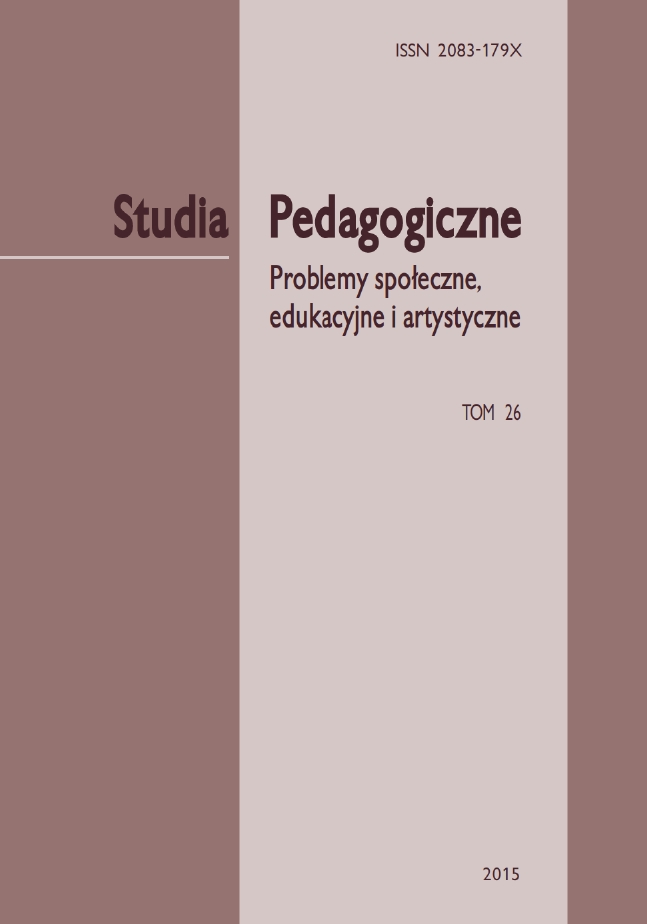Invisible web academic search engines
Invisible web academic search engines
Author(s): Ryszard BłaszkiewiczSubject(s): Media studies, Electronic information storage and retrieval, Present Times (2010 - today), ICT Information and Communications Technologies
Published by: Wydawnictwo Uniwersytetu Jana Kochanowskiego
Keywords: invisible web; search engines; web robots; databases;
Summary/Abstract: In the Information Age information has become a basic need. Due to technological advancements, a large amount of information is available on the Web – many billions of pages, which has become a complex entity containing information from a variety of sources. On the Internet, a user has access to a wide variety of services: vast information sources, electronic mail, file transfer, interest group membership, interactive collaboration, multimedia displays, and more. So it is very important to know how to use web search engines that browse the sites effectively and therefore find the required information on the Internet. But with the explosive growth of information on the WWW, it becomes more and more difficult for users to accurately find and completely retrieve what they want. Most information is found on the Internet by utilizing search engines that uses web robots to query millions of pages and creates an index of those web pages. Typical search engines actually access only a tiny fraction of the Internet. Google, the largest search database, currently has around 50 billion web pages indexed. That’s a lot of information. But it is nothing compared to what else is out there. Google can only index a visible web, or a searchable web. The sites that traditional searches yield are part of what is known as the Surface Web. Beneath the Web is what is referred to as the Deep or Invisible Web. Most of the information available on the Invisible Web is found in specialized databases. While the size of the Invisible Web is tremendously large, there are certain search engines, directories and databases that allow you to search for more specialized, academic information. While the following list is not exhaustive, it is a great place for you to start your research on the Invisible Web. The Invisible Web includes documents and interactive tools e.g. dictionaries, reference works, materials held in intranets, and databases that are accessible through a dialogue window e.g. some archives, document databases, library catalogues.
Journal: Studia Pedagogiczne. Problemy Społeczne, Edukacyjne i Artystyczne
- Issue Year: 26/2015
- Issue No: 26
- Page Range: 161 - 171
- Page Count: 11
- Language: English

